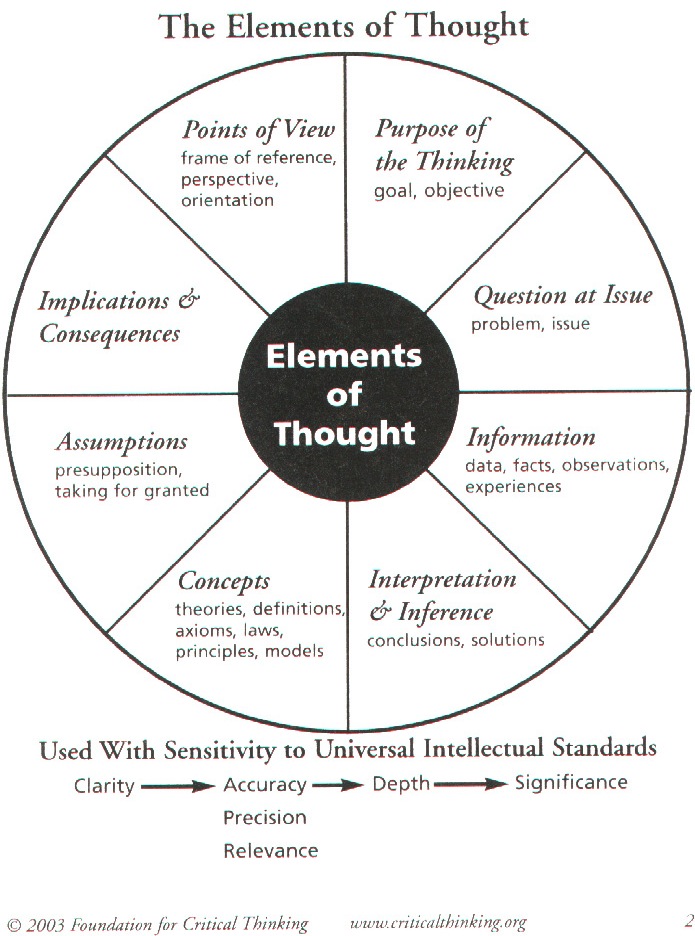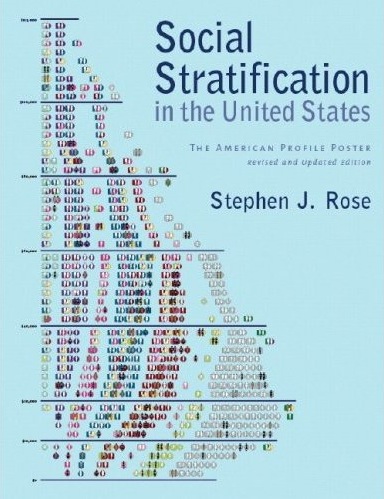1.6180339887499
![]()
Why critical thinking? | What is critical thinking? | Intent of?
![]()
This non repeating decimal, above [ 1.618 ], is like:
fibonacci sequence
1, 1, 2, 3, 5, 8, 13, 21, 34, 55, 89, 144, 233, 377, 510, 887, 1397...
phi
1.__ ?
pi
3.14159
Why Critical Thinking?
![]()
The number sequences above were recognized by critical thinkers who focused on the quality of numbers.
I suggest that critical thinking is reasoning by use of a reflective means that practices the use of intentional and explainable criteria whenever making, determining, or resolving uncertainties about what we know.
A facility in the application of numbers and use of analytical reading are two charcateristics of effective critical thinking.
Two researchers in the field of critical thinking, are Drs. Linda Elder and Richard Paul (at www.criticalthinking.org).
They seek to standardize the natural habit of thought we all use because they believe that "Everyone thinks; it is our nature to do so. But much of our thinking, left to itself, is biased, distorted, partial, uninformed, or down-right prejudiced."
Consider that the quality of our
life and that of what we produce, make, or build depends precisely on the quality
of our thought. Shoddy thinking is costly, both in money and in quality of life.
Research suggests that "Excellence in thought, however, must be systematically cultivated."

A Definition:
![]()
The art of critical thinking or coherently effective reasoning focuses on argument and analysis in such a way as to improve it.
More precisely, it is the art of systematically analyzing, evaluating, and reconstructing thinking in such a way as to raise it, consistently, to a higher level of quality.
How do you check to assure you are coherent, descriptive, and critical enough?
These experts suggest there are nine criteria to test for when judging how critical someone has been when reasoning in defense of a position.
|
1 |
Clarity | defining with illustrative examples. |
|
2 |
Accuracy | using evidence and exact facts from and attributing them to sources. |
|
3 |
Precision | relating more specific, exacting and appropriate details. |
|
4 |
Relevance | what does this do to advance, clarify and resolve the matter? |
|
5 |
Depth | examining the difficulty of the problem, & differences of views. |
|
6 |
Breadth | looking at the matter from differing or contradictory perspectives. |
|
7 |
Logic | does the analysis and or synthesis make sense based on evidence? |
|
8 |
Significance | of all the evidence & conflicting data, what makes this so compelling. |
|
9 |
Balance | are your biases explained and assumptions fairly presented? |
Relating the above, critical thinking criteria, to earning your grade.
The Result:
![]()
A well cultivated critical thinker:
· raises vital questions and problems, formulating them clearly and precisely;
· gathers and assesses relevant data and information, using abstract ideas to interpret them effectively;
· comes to well-reasoned conclusions and solutions, testing them against relevant criteria and standards;
· thinks open-mindedly within alternative systems of thought, recognizing and assessing, as need be, their assumptions, implications, and practical consequences; and
· communicates effectively with others in figuring out solutions to complex problems.
It is not enough to just define a concept; quite frequently you should reconsider the meaning because by doing so you see connections that are hidden at first glance among all the ideas we investigate.
So we redefine critical thinking.
"Critical thinking is, in short, self-directed, self-disciplined, self-monitored, and self-corrective thinking.
It presupposes assent to rigorous standards of excellence and mindful command of their use. It entails effective communication and problem solving abilities and a commitment to overcome our native egocentrism and socio-centrism." For example in the diagram below the economic class structure based on income levels for the United States is depicted, socio-centrism refers to any person's focus on people and groups around them on this scale of social stratification.
Income distribution in the United States
|
|
|---|---|
 |
|
Eighteen years ago |
Two years ago |
In 1990 this was the distribution of income according to economic researcher, Stephen Rose.
Today the most commonly used number to answer this question: "what is the average American earning?" gives a misleading impression of how people live -- the last census survey reports that median household income was $46,326 in 2005. [Note: The median is used because it represents the household that is exactly in the middle of the distribution; the arithmetic average would be higher because of the effect of the super-wealthy.]
Bacon's Idols:
We are always fooled by four idols that most people worship, even if they have a God.
| Bacon's idols |
meaning
& examples |
|
| 1 | cave | sensory illusions, what we think we see; mirages. |
| 2 | tribe | ethnic prejudice, racism, sexism, contempt for others. |
| 3 | theater | what it sounds like, glamour, sensory indulgence, passion. |
| 4 | marketplace | surface, how it looks and sells, willingness to pay, or buy. |
Criteria used to grade your assigned work:
When writing, 4 things to always consider | Writing Criteria: listed as a form for | Free writing
| percent | What I reward |
Paul
and Elder's criteria |
| 20 | Clarity | Clarity and accuracy |
| 40 | Length | Accuracy and precision |
| 60 | Informative value | Relevance, depth & breadth |
| 80 | Frequency of references | Logic and fairness |
| 100 | Summary of key points | Significance of analysis and synthesis |
![]()
schedule | Research home | Atlas | site-map | Ecology | laws | reliable web sites | quick look
Science Index | Site Analysis | Population Index | Global Warming Index | Nature Index | Research sites | Genes
Terms | Glossary | Word webs | Basic vocabulary | Advanced Vocabulary | Antonyms | Synonyms | Etymology | Concepts
Writing | Interviews | Free Writing | oral presentations | web site | Themes
![]()